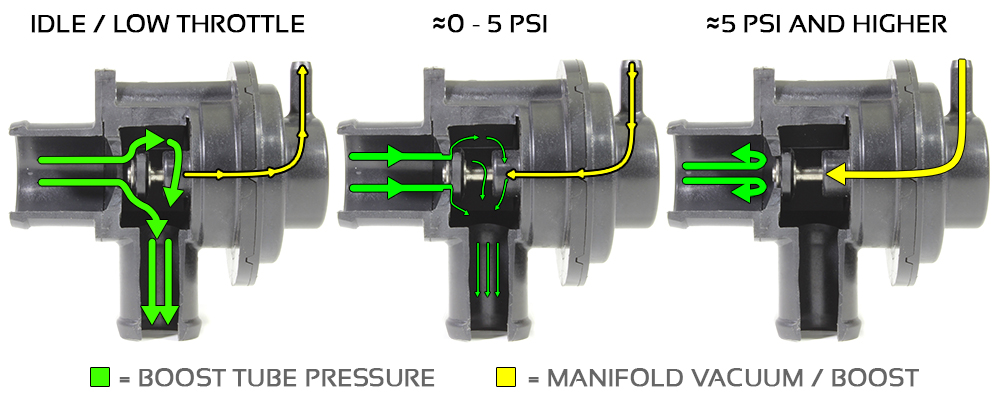Can anyone explain to me why the stock, AA, Evo etc. BOVs leak boost under light/part throttle?
I feel like I’ve read fifteen threads about it but none have really explained why this phenomena is confined to the XPT. Cars and trucks don’t do it so why do our RZRs?
I just bought the AA BOV and it leaks till like half throttle, and as soon as I’m cruising its leaking again.
If I’m making 2lbs of boost under light acceleration, why is the BOV bleeding? Shouldn’t it be closed??
And if I swap for an adjustable one and fix it so it only opens for excess boost pressure, will I see a performance gain?
I’m sorry this has been beat to death, but I just don’t understand. I can’t find these answers.
I feel like I’ve read fifteen threads about it but none have really explained why this phenomena is confined to the XPT. Cars and trucks don’t do it so why do our RZRs?
I just bought the AA BOV and it leaks till like half throttle, and as soon as I’m cruising its leaking again.
If I’m making 2lbs of boost under light acceleration, why is the BOV bleeding? Shouldn’t it be closed??
And if I swap for an adjustable one and fix it so it only opens for excess boost pressure, will I see a performance gain?
I’m sorry this has been beat to death, but I just don’t understand. I can’t find these answers.







